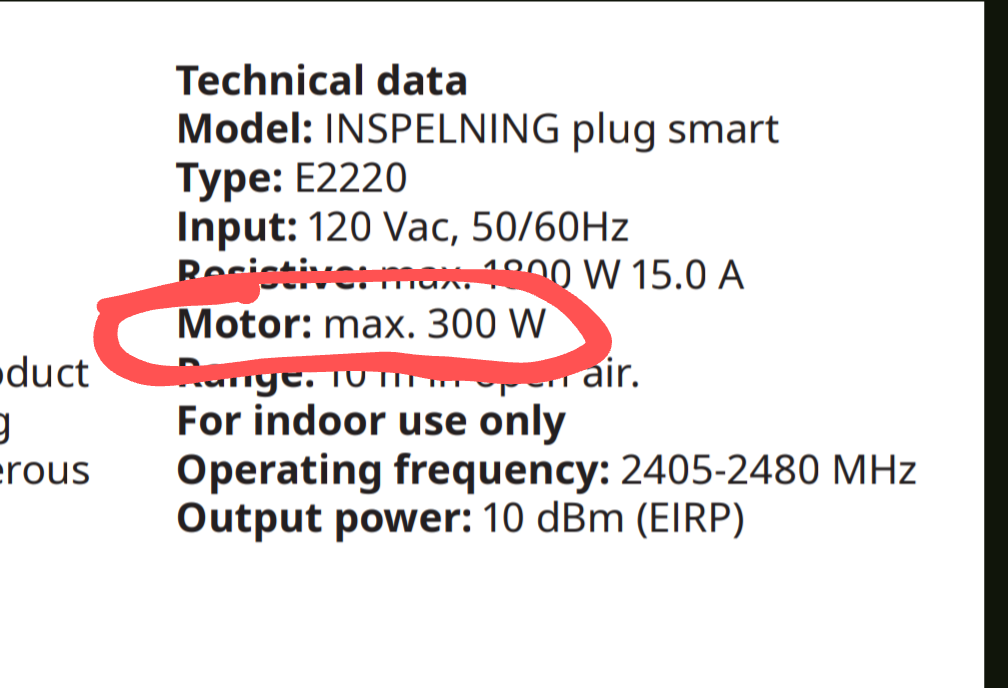

If we get VirtIO 3D acceleration in Windows guests from this, I’d be really happy.


If we get VirtIO 3D acceleration in Windows guests from this, I’d be really happy.
You could use a systemd unit file:
[Unit]
Description=docker_compose_systemd-sonarr
After=docker.service
Requires=docker.service
[Service]
TimeoutStartSec=0
WorkingDirectory=/var/lib/sonarr
ExecStartPre=-/usr/bin/docker compose kill --remove-orphans
ExecStartPre=-/usr/bin/docker compose down --remove-orphans
ExecStartPre=-/usr/bin/docker compose rm -f -s -v
ExecStartPre=-/usr/bin/docker compose pull
ExecStart=/usr/bin/docker compose up
Restart=always
RestartSec=30
[Install]
WantedBy=multi-user.target
You’d place your compose file in the working dir /var/lib/sonarr. Depending on what tag you’ve set for the image in the compose file, it would be autoupdated, or stay fixed. E.g. lscr.io/linuxserver/sonarr:latest would get autoupdated whereas lscr.io/linuxserver/sonarr:4.0.10 would keep the container at version 4.0.10. If you want to update from 4.0.10, you’d have to change it in the compose file.
And there are breaking changes in this Jellyfin release.


Not noticeable with always-on Tailscale with the default split-tunnel mode. That is when Tailscale is only used to access Tailscale machines and everything else is routed via the default route.


Google’s fine. They’re using ARM cores that are built on Samsung’s shittier manufacturing process. Next year they’re going TSMC which should improve power consumption dramatically. The lauded Dimensity 4000 also uses ARM cores, just newer and built on TSMC’s process. By the same token, newer Google SoCs should experience similar performance as they update the cores and manufacturing.


The parent asked how do you define at all. What I wrote is just the dumbest way which demonstrates how it can be done. This dumb solution holds up even in your scenario because new media doesn’t gain significant user base every other year. If the list is outdated, containing Facebook and Instagram alone, that would still capture a huge part of the problem already. You can probably figure a slightly less dumb alternative that wouldn’t require amendments just to add another platform. Folks talking about the impossibility of defining something or implementing something in law often ignore obvious solutions, existing working processes, and present this false dichotomy of a perfect solution vs impossible to solve. Sometimes it’s a matter of ignorance, other times it’s driven by (conscious or subconscious) libertarian beliefs.


Here’s one way to do it. The legislators define a list. Products in the list are social media. The list is referenced in the law.


Alternative Title: “Bluesky happy to use the standard playbook so long as there’s still bozos willing to contribute free labor for their profit.”
TFTFY


That’s funny but I’m not gonna argue on it. It’s easier to give another example. If you want to get informed try finding laws that depend on firm size and be convinced if you do.


Wrong as in not sound. An argument can be valid assuming its assumptions are true. The argument is the model, which really is a set of arguments. Its assumptions which are taken axiomatically are as you say impossible, therefore they are not true (which I called wrong). So the argument is not sound. I’m not saying anything different than what you said really, just used informal language. ☺️


For a firm that already have their own core designs that simply use the ARM instruction set, it might be easier to adapt to RISC-V. For a firm that licenses ARM cores on the other hand…


Are you telling me that the axioms behind the simplistic model are wrong?? shocked-pikachu.jpg
How do Signal stop forks from connecting to their servers?
The VPN should keep access to the homelab even when the external IP changes. Assuming the VPN connects from the homelab to the cloud. The reverse proxy would use the VPN local IPs to connect to services.


The last time I activated a TV was in 2022. It was a Sony X85K and it didn’t require a connection. I’ve subsequently only used it with a CCwGTV.
Before that I activated a Samsung U…7300 or something like that in 2020. That didn’t require connection either. I also used it with a CCwGTV.


ARM isn’t the x86 solution people like it to be. It’s at least as proprietary as x86 and the fact that it’s more widely licenced today than x86 is a happy coincidence. ARM licensing can dry up with a change in corporate leadership or a takeover by one of a myriad large corporations. A solution worth cheering would be a good enough open RISC-V core.


If you’re switching low power inconsequential things like LED lights, they’re OK.


This like most plugs in this format is not for inductive loads so it can only handle 300W with such:

It might be OK if the AC units are small enough.
There’s a WIP VirtIO driver in a PR but it’s not done yet. VMware’s own VMSVGA is open source if I remember correctly. I wonder if they’ll adapt it to KVM and if they do, whether that’ll be usable in KVM without VMware.